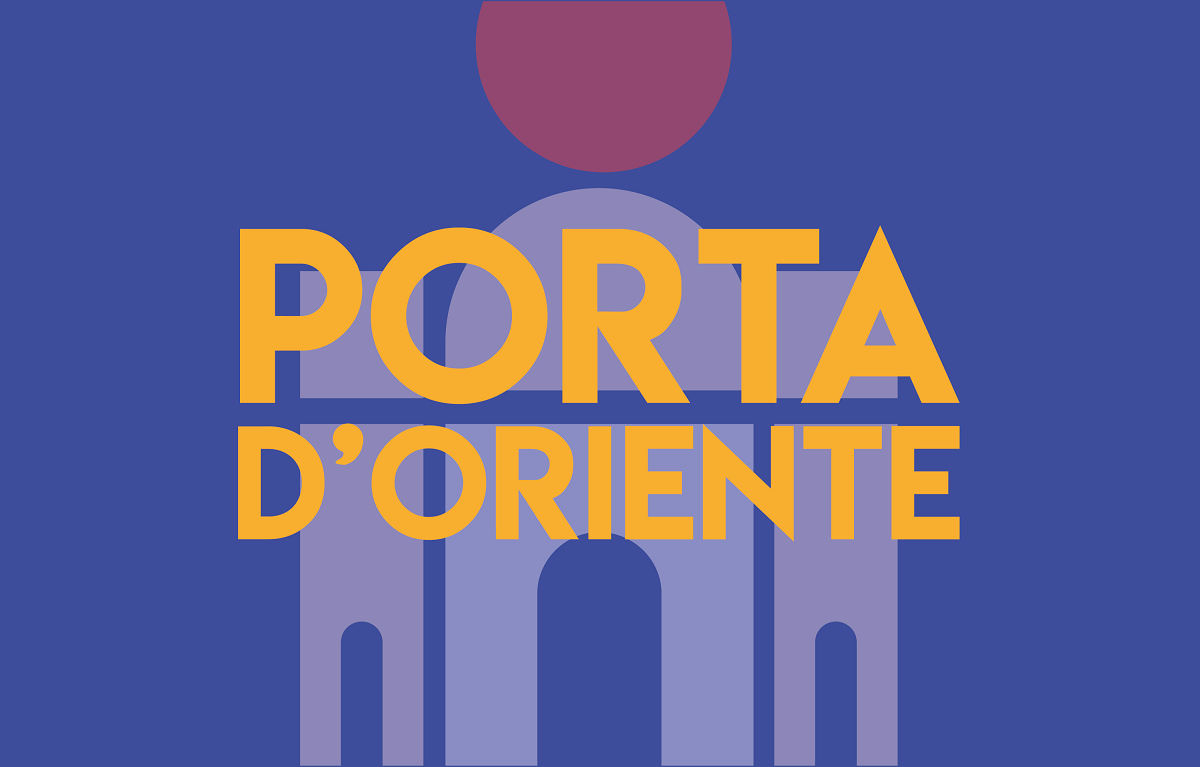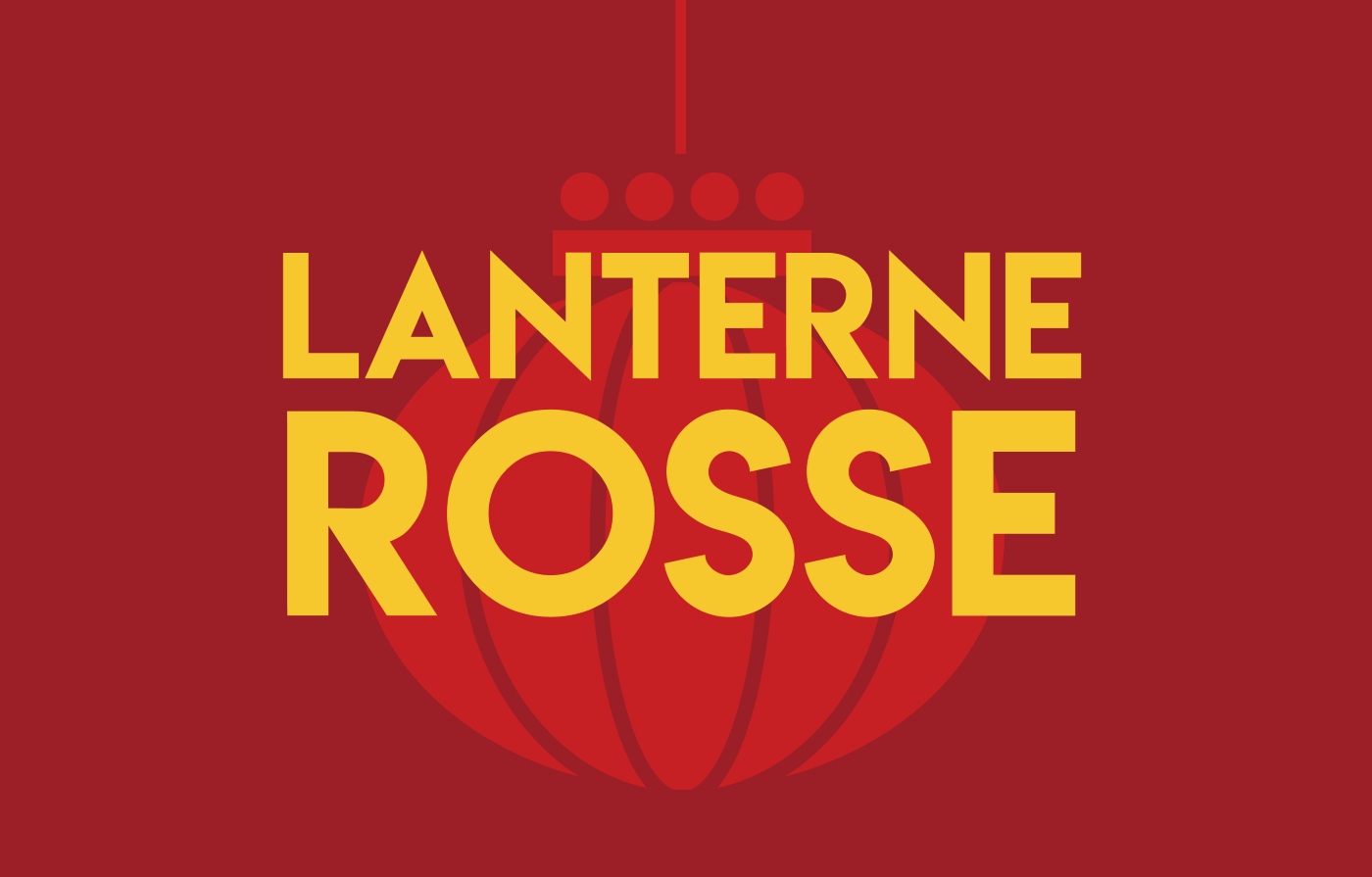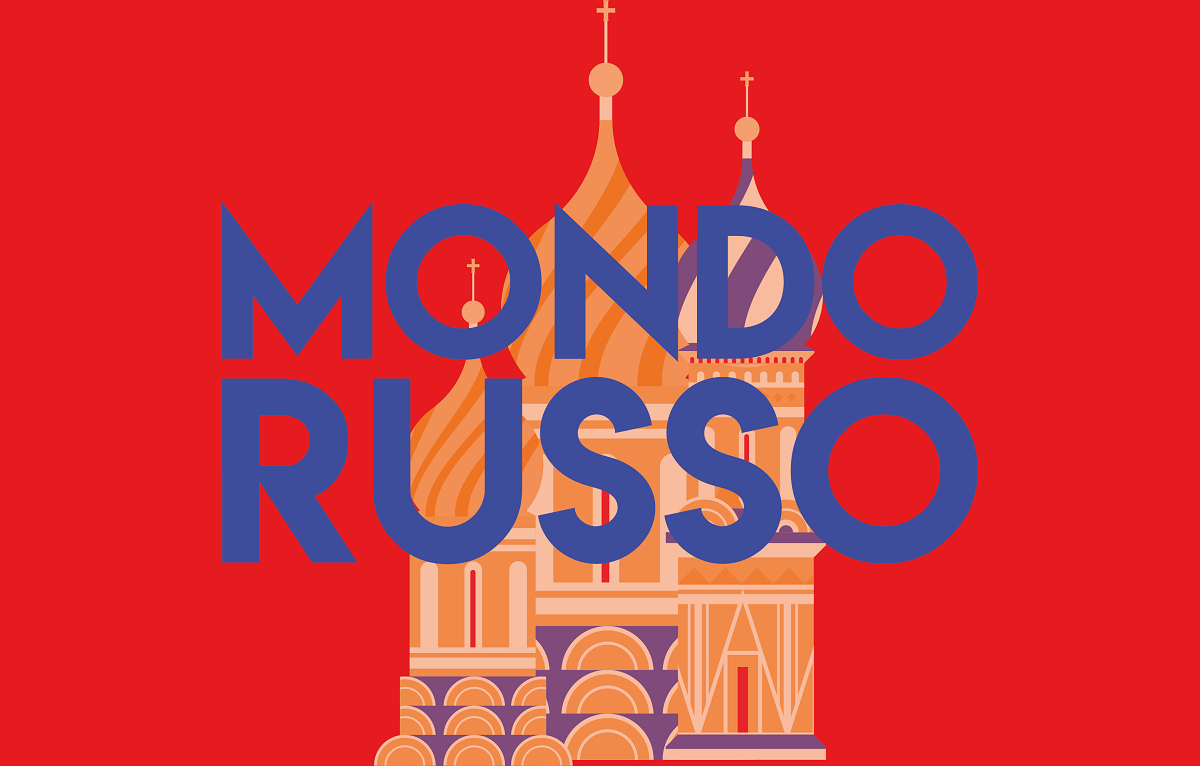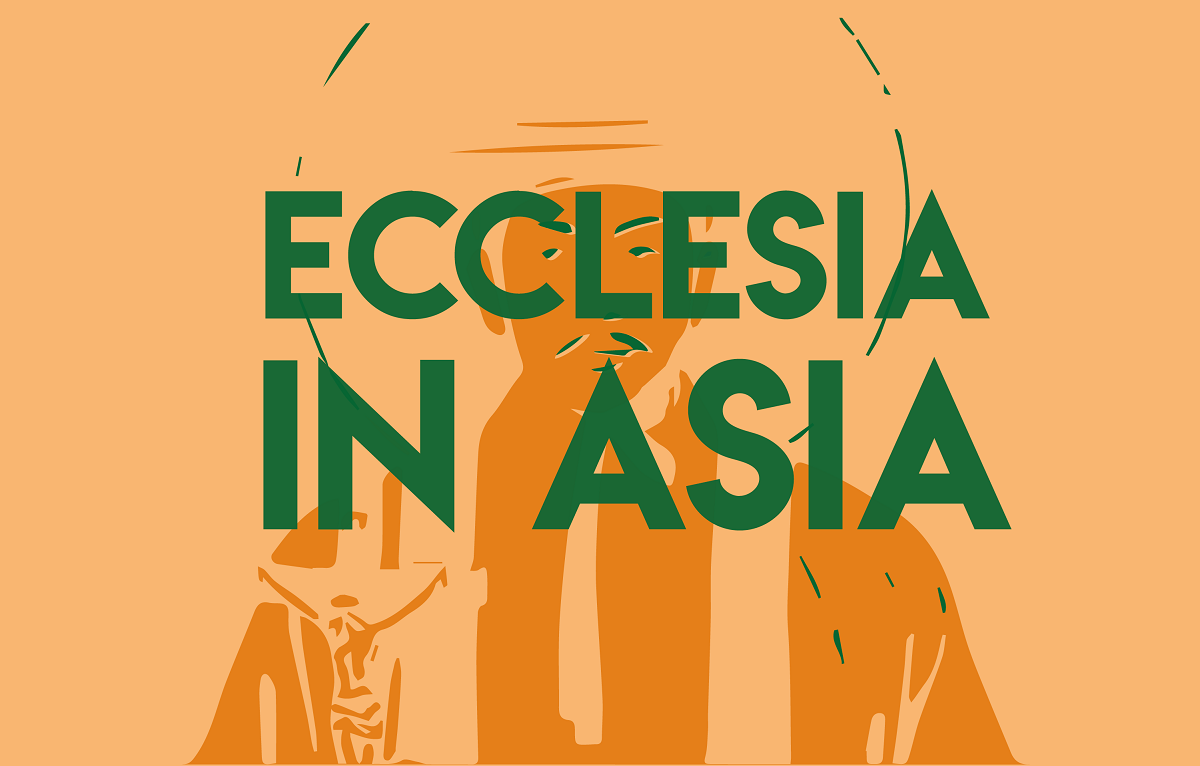On eve of Osaka Expo: rethinking the future with technological innovation
The metropolis will host the universal exposition from 13th April to 13th October, with the theme ‘Designing tomorrow's society for our lives’. Osaka had already hosted the event in 1970, the first in Asia, and today it retains the same ambitious impetus. Today the symbol of the exhibition is the Grand Ring, the venue for the event, which stands on the artificial island of Yumeshima.
Tokyo (AsiaNews/Agencies) - From 13 April to 13 October, Osaka will be transformed into a universal showcase: 158 countries and 7 international organisations will present their idea of progress, continuing the tradition of universal expositions that has lasted for over 170 years. Designing Future Society for Our Lives is the theme of Expo 2025, an invitation to reflect on the future of our society, combining technological innovation and respect for human values.
The region of Osaka, Kansai, which is hosting this year's edition, is the cradle of Japanese civilisation and an ancient imperial residence, a legacy witnessed by the numerous historical sites and UNESCO World Heritage Sites. Today Osaka is a cutting-edge metropolis, a commercial hub and the gastronomic capital of Japan; a crossroads between tradition and modernity.
Osaka was also the site of the first universal exposition to be held in Asia, in 1970. Japan presented itself at the event as a modern and innovative country in the midst of the post-Second World War economic miracle.
On that occasion, cordless telephones were presented for the first time: visitors were able to have their first contact with the Dream Telephone, the ancestor of the mobile phone.
The theme of the time - ‘Progress and harmony for humanity’ - reflected a historical moment of strong optimism and rapid technological development. A look that today the event will try to rethink from a current perspective.
The symbol of that event, the 70-metre-high Tower of the Sun, represented an enthusiastic leap towards an idea of a bright, promising future, able to overcome the anxiety of the Second World War.
This consists of three faces: the ‘Golden Mask’ at the top, which shines gold and suggests the future, the ‘Face of the Sun’ at the front, which represents the present, and the ‘Black Sun’ at the back, which symbolises the past.
Today the symbol of the exhibition is the venue itself, the Grand Ring. Located on the artificial island of Yumeshima, it was designed by one of the most important architects of this century, Suo Fujimoto.
The Grand Ring is a circular ring that embraces the 40 national pavilions of the different countries present, with a diameter of 700 metres, making it the largest wooden structure ever built.
The shape and material of the ring express its philosophy: its circularity expresses cooperation and connection, while the wood emphasises the importance of the link with nature, highlighting the need for a sustainable and connected future that unites us in diversity. The structure is built without the use of nails, combining the Japanese ‘Nuki’ interlocking construction tradition - the horizontal beams directly perforate the vertical ones - with more advanced seismically resistant engineering elements. While the Torre Del Sole looks to the future with arrogance and confidence, the Grand Ring does so with a more delicate and aware gaze, but one that is equally ambitious.
The ‘Grand Ring’ also hosts the Italian Pavilion, the brainchild of the artistic and architectural project by Mario Cucinella, who also designed the charming church of Santa Maria Goretti in the Pollino National Park. The theme is ‘Art regenerates life’ and offers a modern interpretation of the ideal Renaissance city.
The centrepiece is the Farnese Atlas, an immense masterpiece depicting the Titan Atlas on his knees supporting the celestial globe, symbolising the universe as it was known at the time. The Holy See is also participating in the event with an exhibition in Osaka of the ‘Deposition of Christ’, one of Caravaggio's most famous masterpieces. The theme is ‘Beauty brings Hope’, proposing a reflection on the importance of beauty in the construction of future society.
Accompanying the national pavilions are also designer pavilions that host themes such as ‘The Future of Life’ where a renowned robotics expert, Hiroshi Ishiguro, brings to life the robots and androids with which we will probably live.
The space dedicated to technological innovations is surprising and fascinating: in addition to robots, there will be models of flying machines, fluorescent plants for the production of electricity and a beating heart made from stem cells.
Even universal exploration and the cosmos have their place. An unprecedented discovery by the Japanese Antarctic Research Expedition will be on display: a piece of Martian rock, among the largest of its kind ever found on Earth, which would testify to the presence of water on Mars in the past.





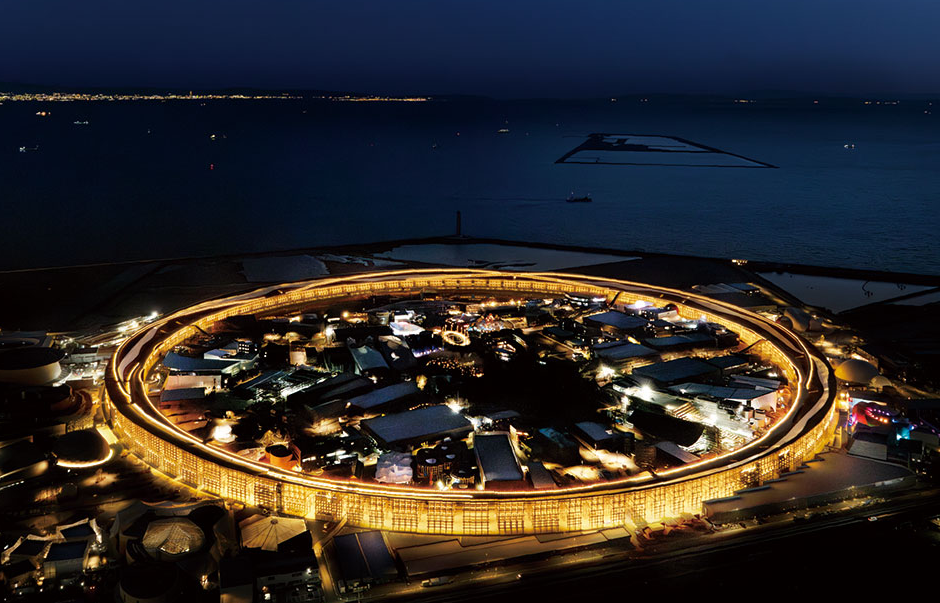

.png)
